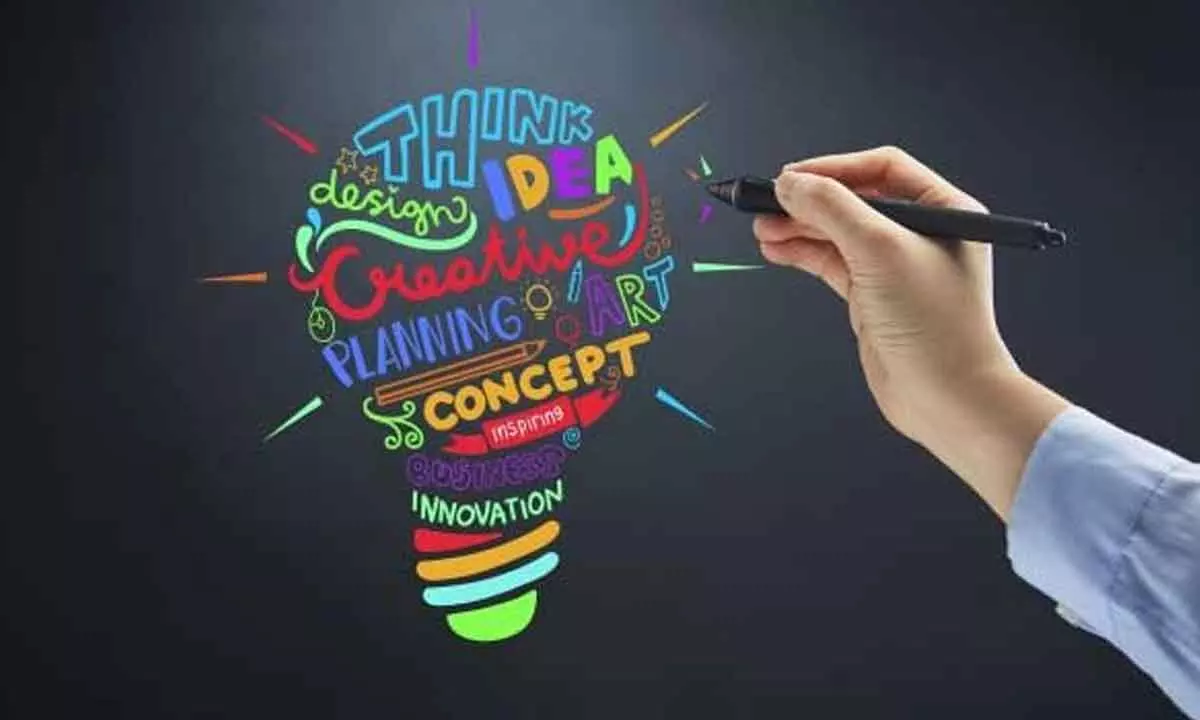Innovations in engineering education: Integrating hands-on learning and theory

In the powerful field of engineering, the traditional approach to education, focused mostly on theoretical knowledge, is rapidly growing. Today, the integration of hands-on learning with theory has become a foundation of innovative engineering education. By embracing this approach, educators are preparing students not only with the technical skills but also with the critical thinking, problem-solving, and collaboration abilities essential for success in the modern era.
Integrating Technology: Enhancing Engineering Education for the Modern Era
One of the most significant innovations in engineering education is the integration of technology. With advancements in virtual reality (VR), augmented reality (AR), simulation software, and online learning platforms, educators have powerful tools at their disposal to enhance the learning experience.
1. Virtual reality (VR) and augmented reality (AR) simulations - These technologies offer immersive and interactive environments where students can explore complex engineering concepts. These technologies provide a hands-on approach to learning, allowing students to visualize and interact with systems and structures in ways that were previously impossible.
2. Online learning platforms - Including massive open online courses (MOOCs) and educational websites, provide students with access to a wealth of resources and learning materials. These platforms offer flexibility and convenience, allowing students to learn at their own pace and supplement their classroom instruction with multimedia content and interactive exercises.
Industry Partnership: Empowering with Real-World Experience in Engineering Education
Another key aspect of innovative engineering education is industry partnership. By collaborating with industry professionals, educators can provide students with real-world experience and insights into the engineering profession.
1. Internships and Placements - Co-operative education programs, and industry-sponsored projects offer students the opportunity to work alongside professionals in their chosen field. Through these experiences, students gain practical skills, industry knowledge, and professional networks that are invaluable as they transition from academia to the workforce.
2. Industry partnerships - Enrich the curriculum by incorporating real-world challenges and case studies into the classroom. By contextualizing theoretical concepts within the framework of industry practice, educators can help students understand the relevance and applicability of their learning.
3. Enhanced Learning Through Mentors - By attending guest lectures, site visits, and industry-sponsored workshops provide students with exposure to diverse perspectives and career pathways within the engineering profession. These experiences broaden students’ horizons and inspire them to pursue their passions and interests in their future careers.
Inclusive Practices: Ensuring Diversity and Equity in Engineering Education
Outreach programs, mentorship initiatives, and diversity-focused scholarships aim to attract and retain underrepresented groups in engineering, including women, minorities, and individuals from low-income backgrounds. By fostering a more diverse and inclusive student body, educators can create a richer learning environment that reflects the diversity of the engineering profession.
1. Gender Equality - Culturally responsive teaching practices acknowledge and respect the diverse backgrounds and experiences of students, creating a more inclusive and supportive learning environment. By incorporating diverse perspectives and examples into the curriculum, educators can help students see themselves reflected in the material and feel valued and empowered in their learning journey.
2. Strategies to Achieve Gender Equality - Flexible instructional methods, such as active learning strategies and project-based assignments, accommodate different learning styles and preferences, ensuring that all students have the opportunity to succeed. By providing multiple pathways to mastery, educators can create a more equitable learning experience for students with diverse needs and abilities.
Collaborative Learning: Fostering Teamwork and Engagement in Engineering Education
Finally, collaborative learning is a fundamental component of innovative engineering education. By encouraging teamwork and collaboration, educators can enhance student engagement, communication skills, and problem-solving abilities.
1. Opportunity For Collaboration - Project-based courses, group assignments, and collaborative research projects provide students with opportunities to work together to solve real-world problems. By collaborating with their peers, students can leverage each other’s strengths, share ideas, and learn from one another’s perspectives.
2. Peer Mentoring Programs - Study groups, and team-building activities create a sense of community and belonging within the classroom, fostering a supportive learning environment where students feel comfortable taking risks and challenging themselves.
3. Bridge Between Classrooms and Industry - Collaborative learning also prepares students for the collaborative nature of the engineering profession, where teamwork and communication are essential for success. By honing their collaborative skills in the classroom, students are better equipped to work effectively in interdisciplinary teams and contribute to innovative solutions to complex engineering challenges.
Innovations in engineering education are transforming the way students learn and prepare for careers in the field. By integrating hands-on learning with theory, leveraging technology to enhance the learning experience, partnering with industry to provide real-world experience, promoting diversity and equity within the classroom, and fostering teamwork and collaboration, educators are preparing students to thrive in the modern era of engineering.
As we continue to push the boundaries of what is possible in engineering education, the future looks brighter than ever for aspiring engineers ready to make a difference in the world. Through these key innovations, engineering education is evolving to meet the demands of the modern era, equipping students with the skills, knowledge, and mindset needed to tackle the challenges of tomorrow’s world.
(The author is Chancellor, KL Deemed to be University)















